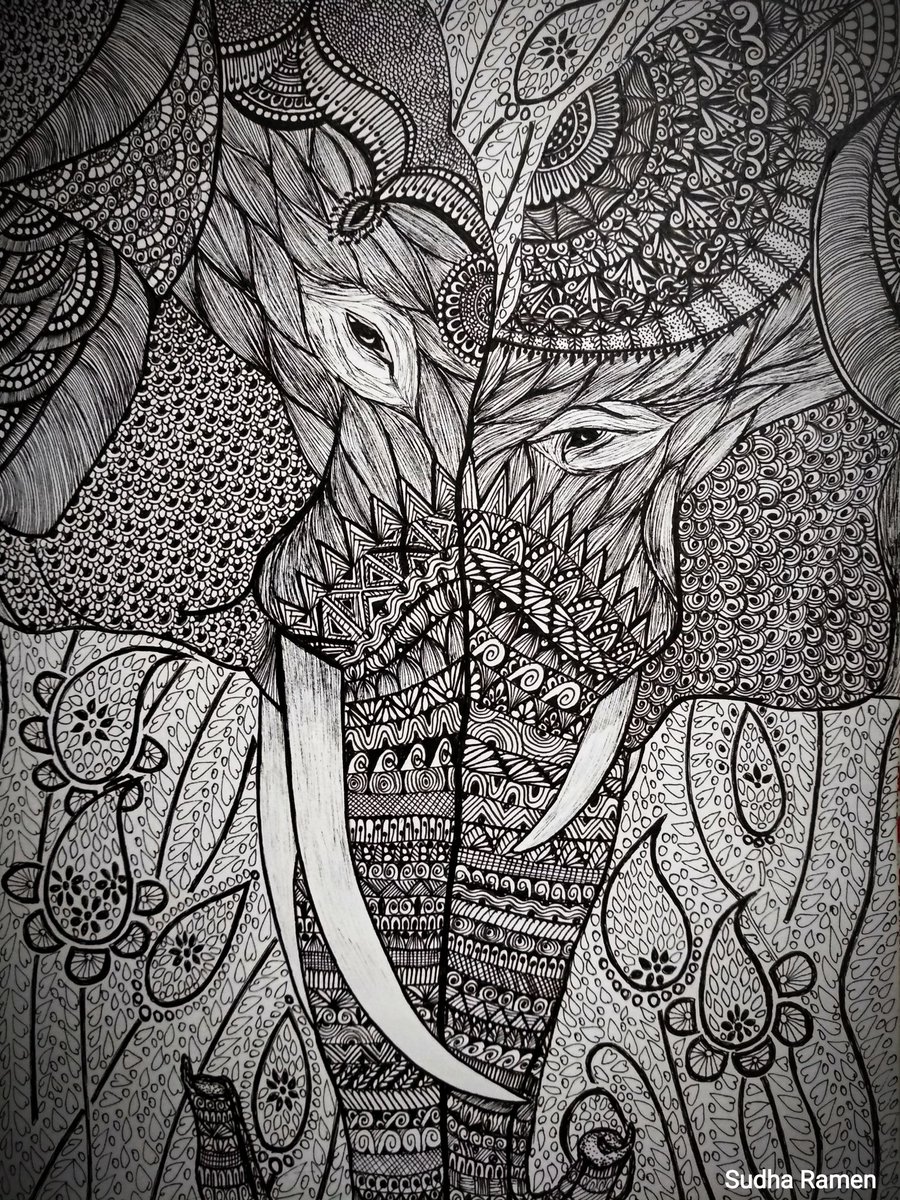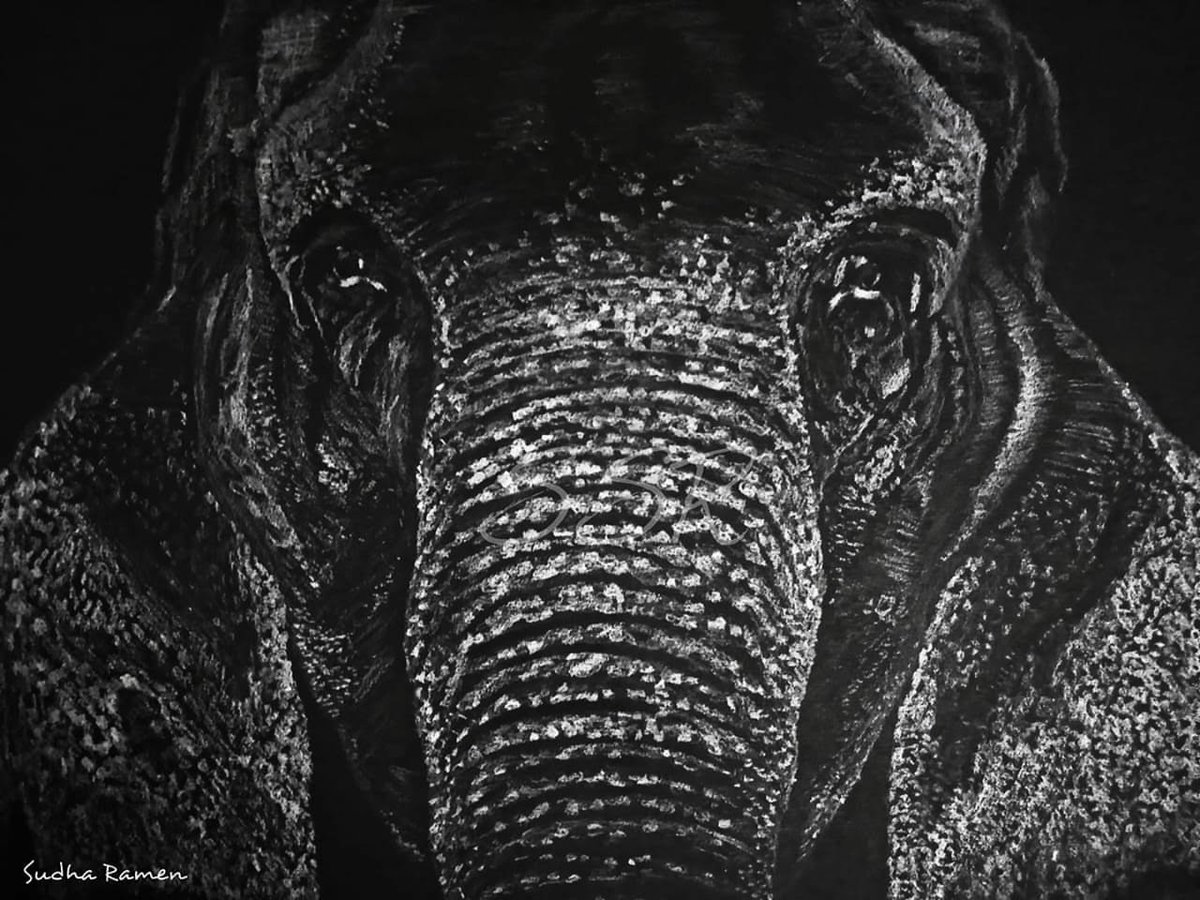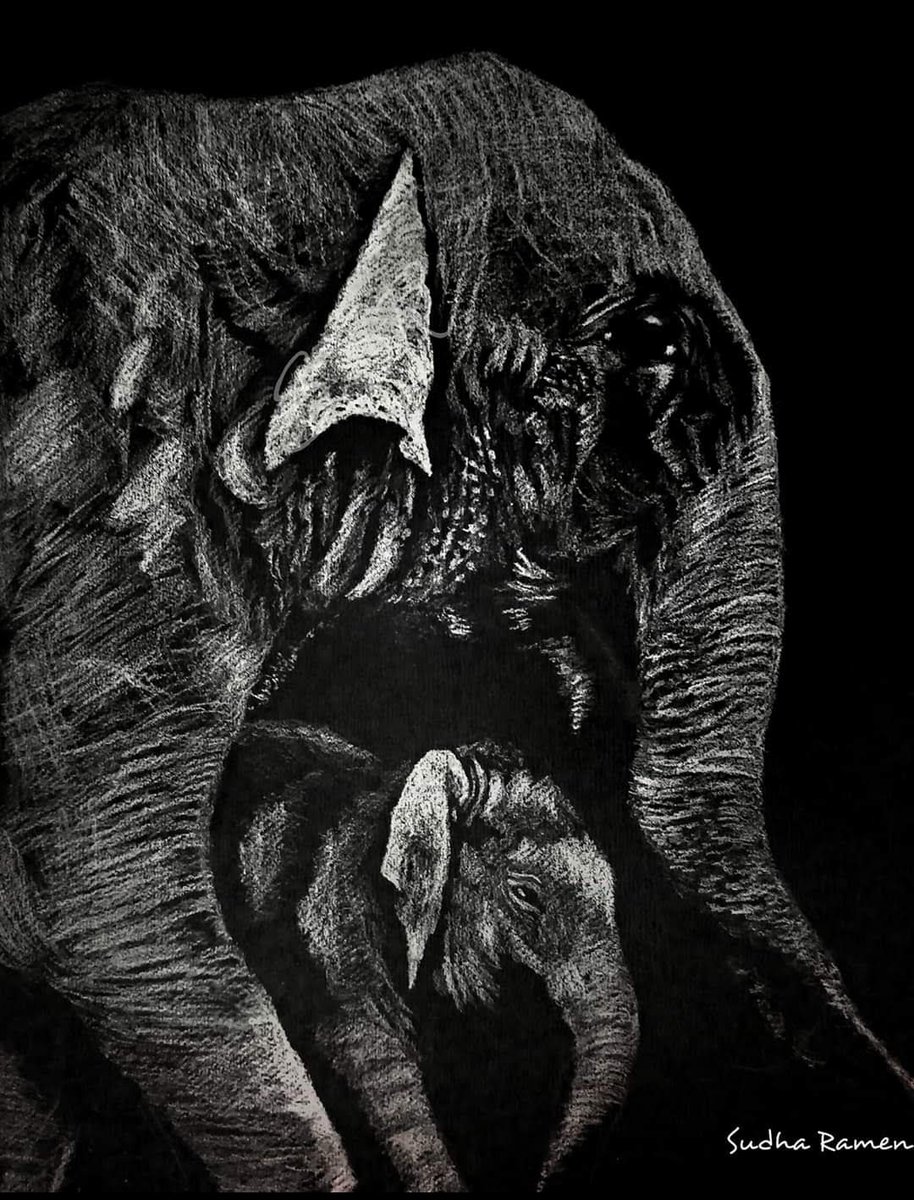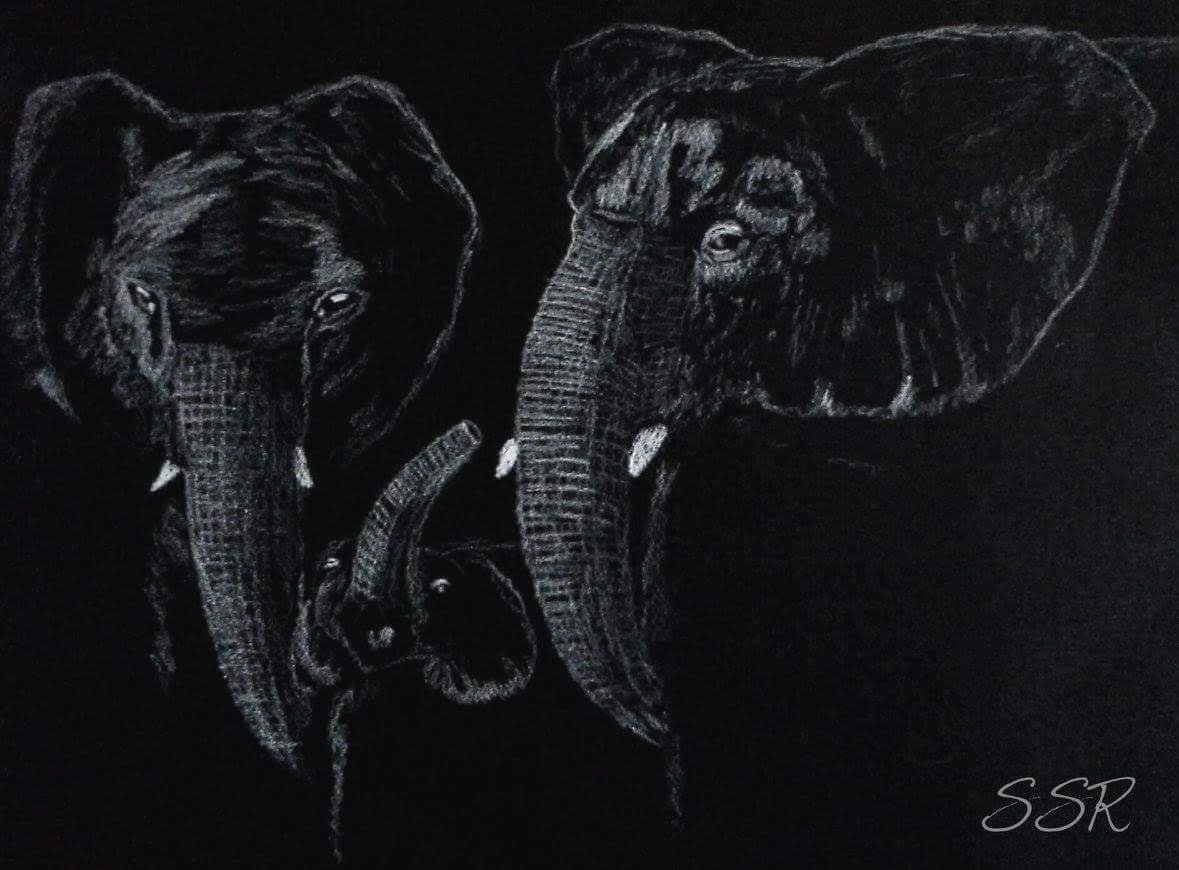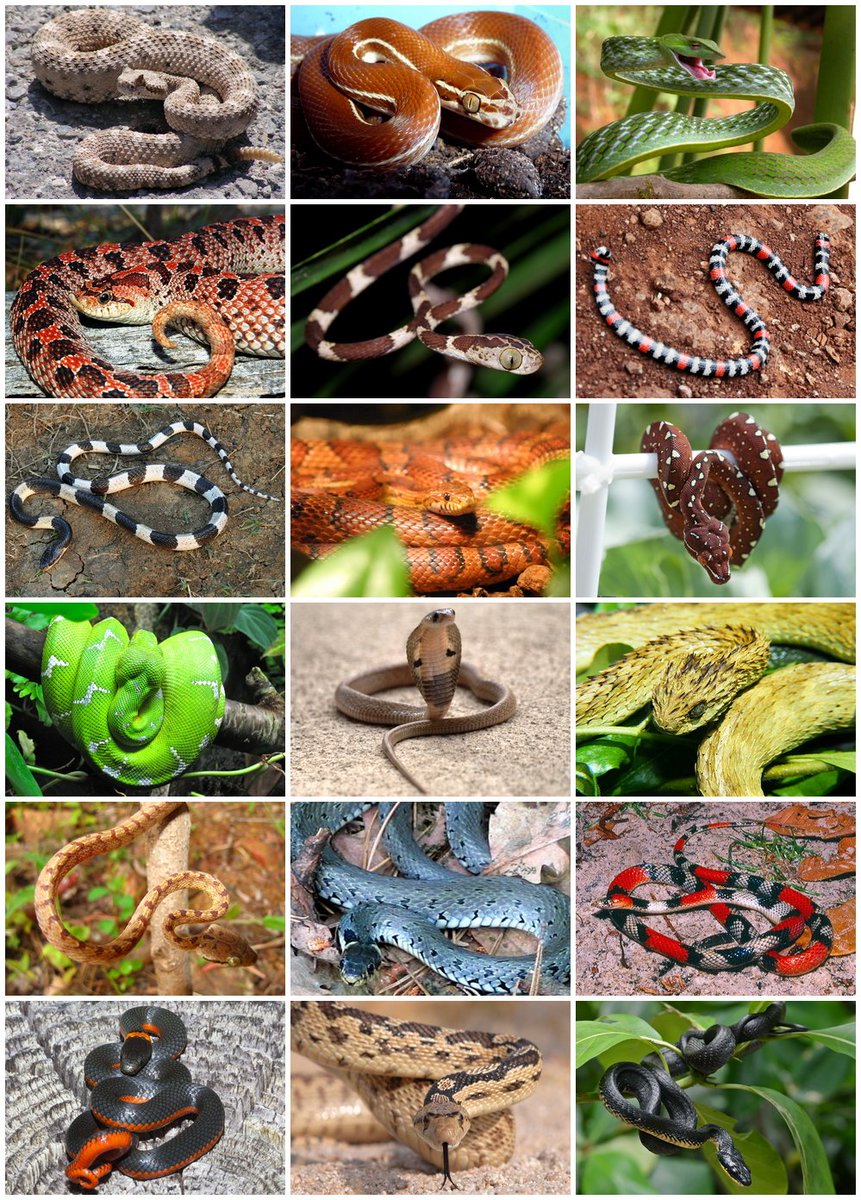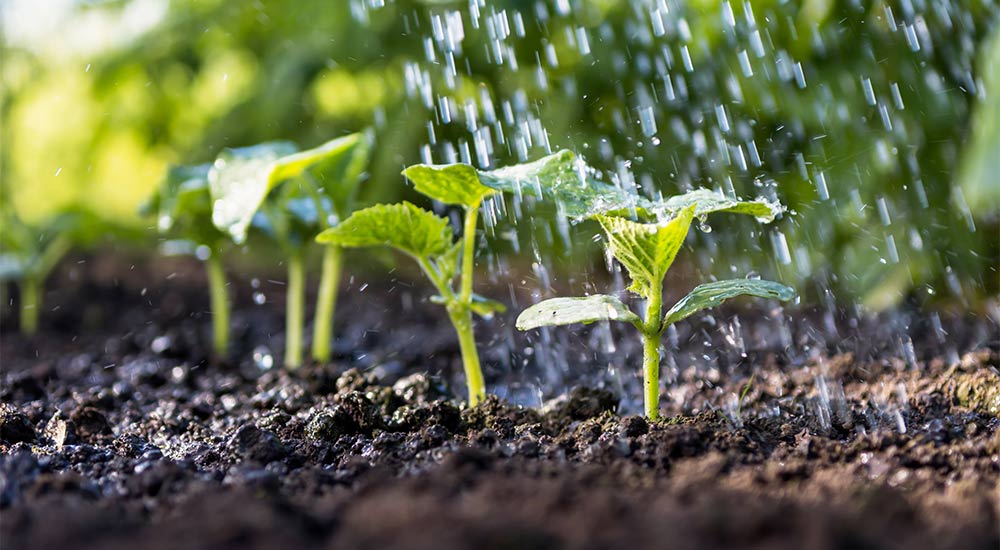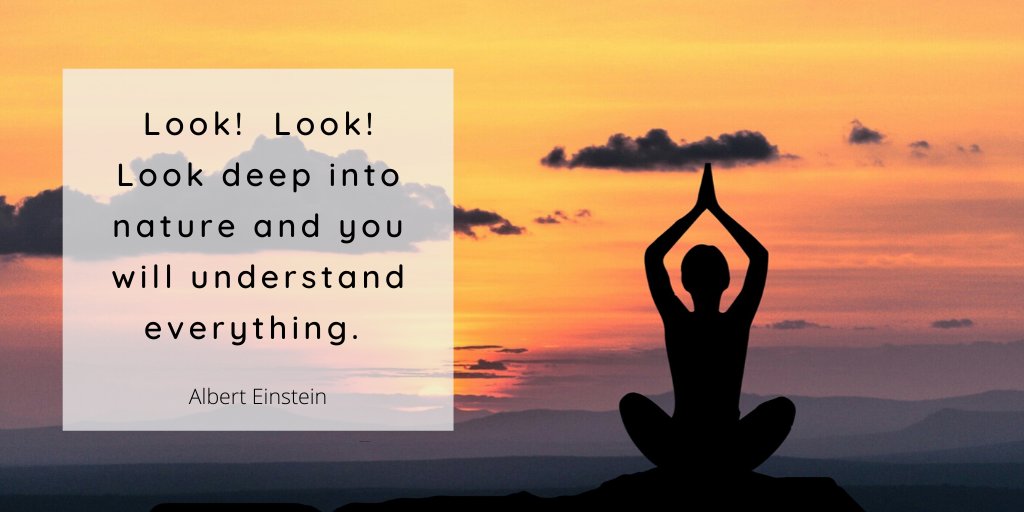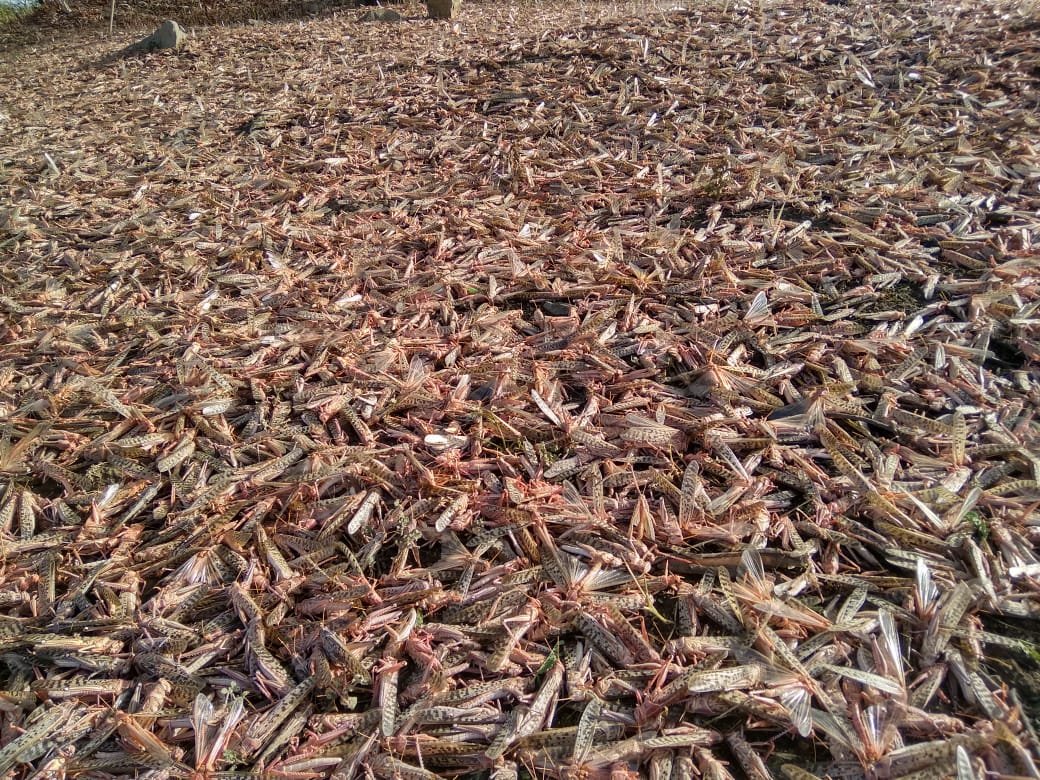
This is a thread on #BlueFlag certification to the Beaches.
The Blueflag certification was given to 8 beaches in India by the international jury of IUCN, UNWTO, UNEP etc. International eco-label "Blue flag” is accorded by The Foundation of Environment Education, FEE Denmark.

The Blueflag certification was given to 8 beaches in India by the international jury of IUCN, UNWTO, UNEP etc. International eco-label "Blue flag” is accorded by The Foundation of Environment Education, FEE Denmark.


‘BLUE FLAG” was accorded to
Shivrajpur (Dwarka-Gujarat),
Ghoghla (Diu),
Kasarkod and Padubidri (Karnataka),
Kappad (Kerala),
Rushikonda (AP),
Golden (Puri-Odisha)
Radhanagar (A&N Islands)
Shivrajpur (Dwarka-Gujarat),
Ghoghla (Diu),
Kasarkod and Padubidri (Karnataka),
Kappad (Kerala),
Rushikonda (AP),
Golden (Puri-Odisha)
Radhanagar (A&N Islands)
India is also the first country in Asia-Pacific region to have achieved this feat in just 2 years’ time.
Japan, South Korea and UAE are the only other Asian nations to have beaches with Blue Flag credit. There are about 50 nations with Blue flagged beaches.
Japan, South Korea and UAE are the only other Asian nations to have beaches with Blue Flag credit. There are about 50 nations with Blue flagged beaches.
India began in 2018 for the sustainable development of the pilot beaches i.e one each in the coastal states/UTs was identified and the first set of 08 beaches were presented for the certification in 2020.
SICOM under MoEFCC worked towards the “Sustainable Development” of the coastal regions of India under the flagship program “BEAMS” (Beach Environment & Aesthetics Management Services) under its ICZM (Integrated Coastal Zone Management) project.
Objectives of the BEAMS program
1. to abate pollution in coastal waters & beaches
2.promote sustainable development of beach amenities/ facilities
3.protect & conserve coastal ecosystems & natural resources
4. encourage local authorities & stakeholders to promote beach tourism
1. to abate pollution in coastal waters & beaches
2.promote sustainable development of beach amenities/ facilities
3.protect & conserve coastal ecosystems & natural resources
4. encourage local authorities & stakeholders to promote beach tourism
• • •
Missing some Tweet in this thread? You can try to
force a refresh

